Spinal stenosis is a common condition in the elderly.
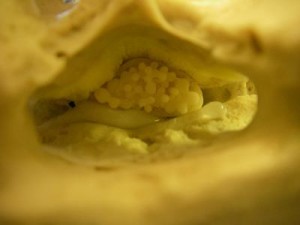
It is defined by a narrowing of the spinal canal which houses the spinal cord and nerves that carry important information up and down the body. The spinal canal is a tunnel that is perimetred by both bone and soft tissues. Below you can see the bundle of nerves in the spinal canal. This is an example of the lumbar nerves, actually called the cauda equina (which means horse tail), that exist in the low back.
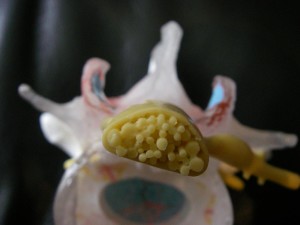
When the spinal canal narrows, the nerves become compressed and irritated and therefore cause pain and dysfunction.
In a video demonstrating a lumbar degenerative model seen here, you can hear Dr. Jerome Fryer explain the typical findings associated with spinal stenosis. Very often, if not always, the beginnings of spinal stenosis starts with disc height loss. As a disc compresses, which is the earliest findings of spinal arthritis, structures begin to approximate or get too close together. The facets begin to rub together and cause the cells to react to resist, causing joints to get rough and irregular (subchondral sclerosis). See below.
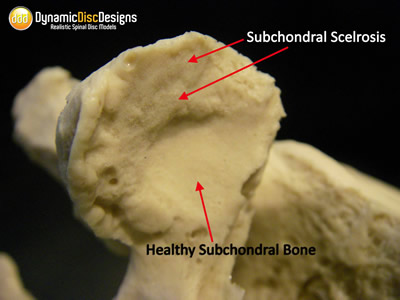
This causes further reaction of neighbouring cells leading to bony spurring. Bony stenosis is narrowing of the spinal canal due to bone ingrowth of these spurs. Stenosis due to bony spurs is more of a challenge to treat and often becomes a surgical route.
Another cause of spinal stenosis is soft stenosis or narrowing of the spinal canal due to the soft tissues; namely the disc and ligamentum flavum. As the disc compresses it flattens, and as it flattens, it gets wider. Just like a tire would with low pressure. There is also a ligament that makes up the floor of the spinal canal called the ligamentum flavum (yellow ligament) which thickens when compressed with time. Below you can see the canal with a soft stenosis.

Spinal stenosis due to soft tissue is more easily treatable. We know that the canal opens under flexion and therefore treatment can focus on flexion and increasing the disc height to reduce symptoms.
Dr. Jerome Fryer uses a number of treatment styles to help open the spinal canal in a way to reduce compression on the nerves. Book a visit to see if he can help you too!
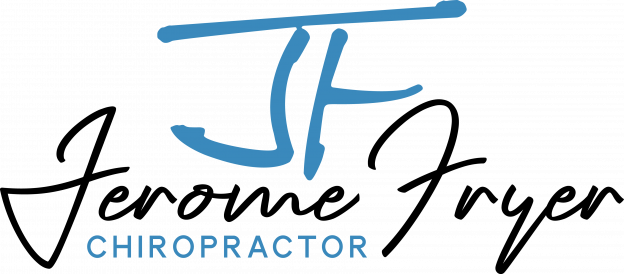



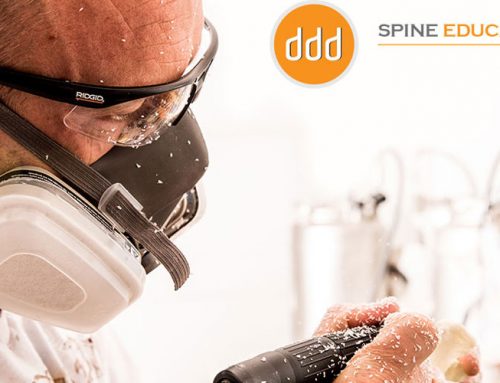
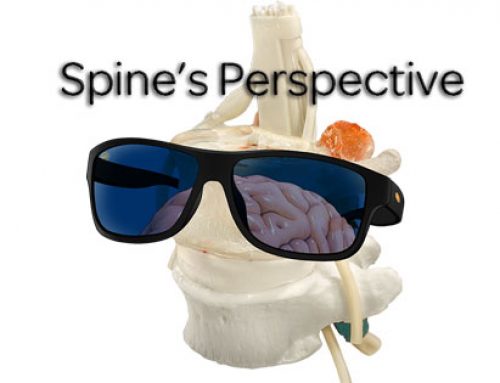
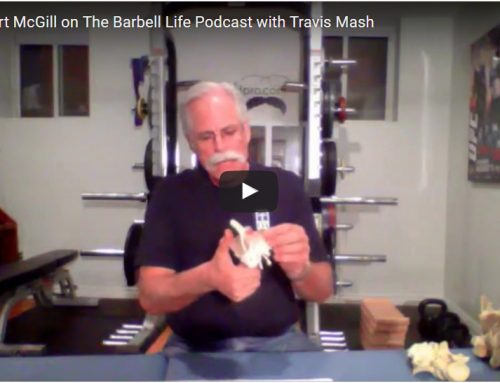
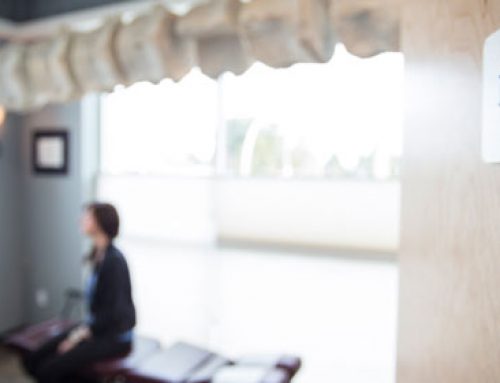
Leave A Comment
You must be logged in to post a comment.